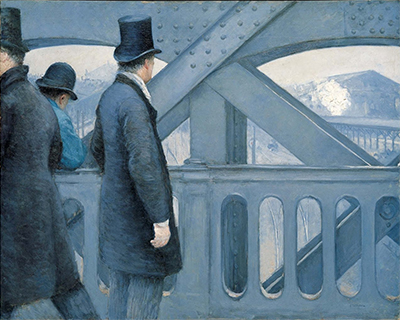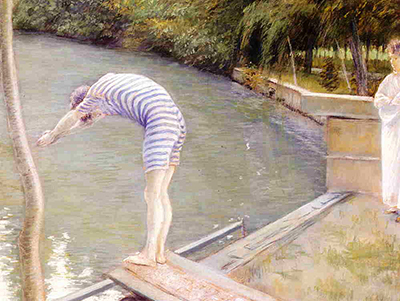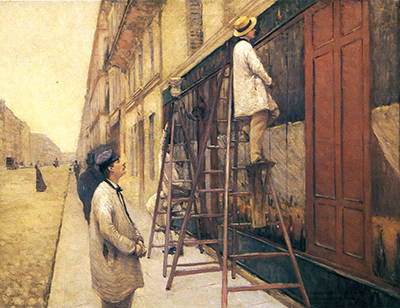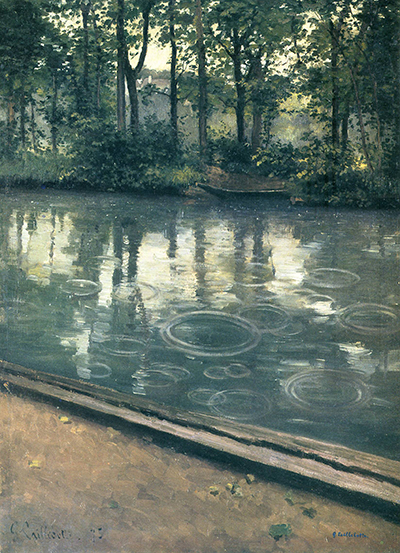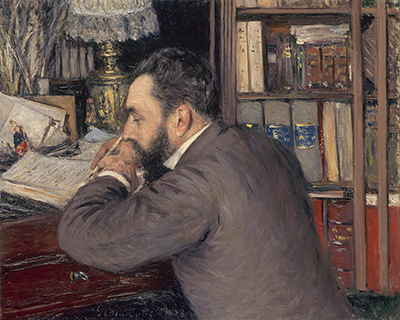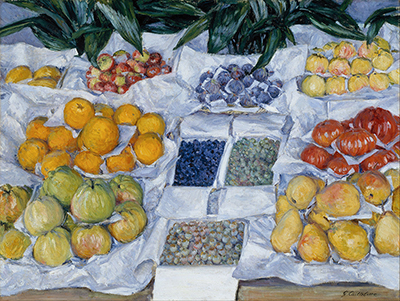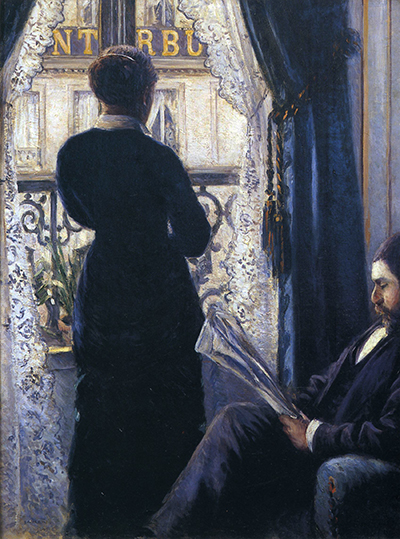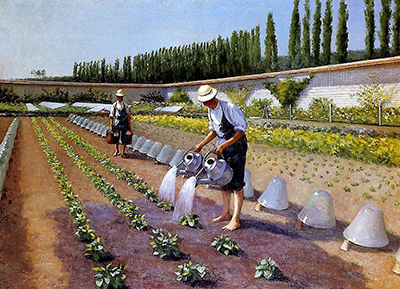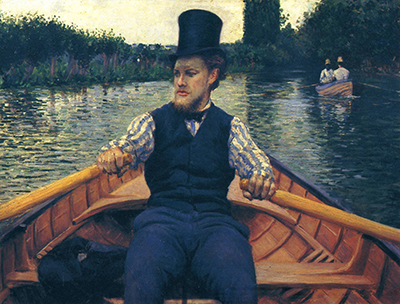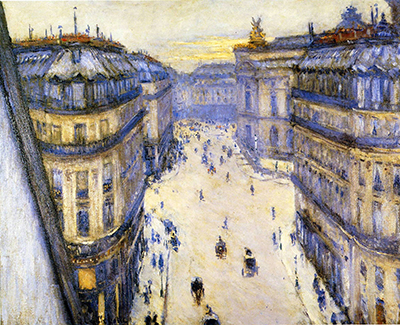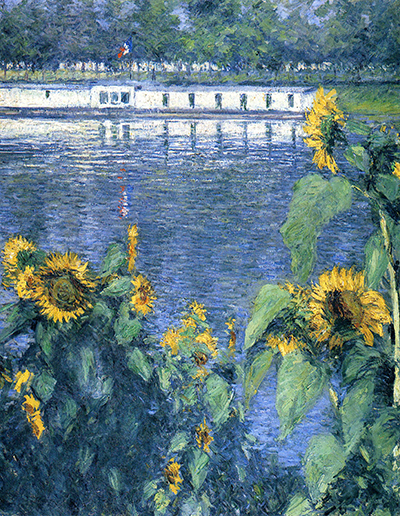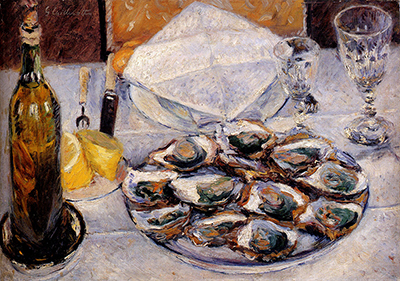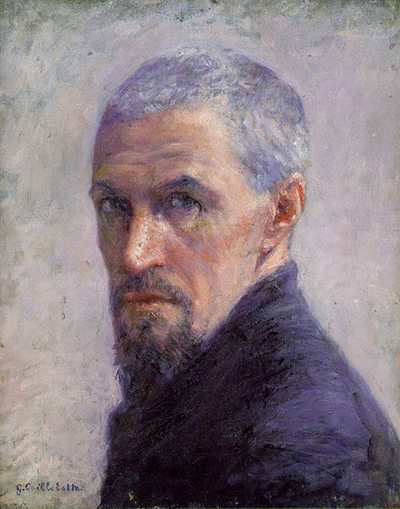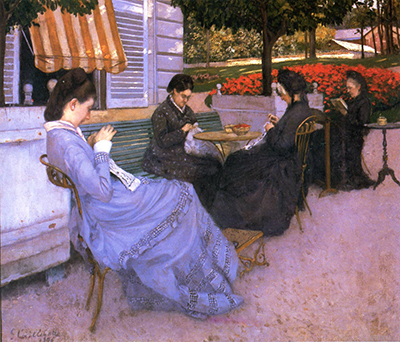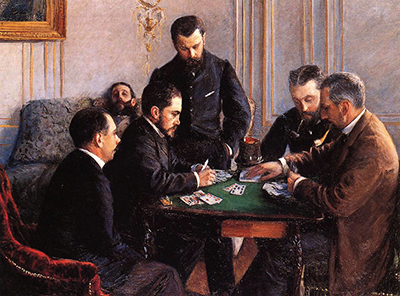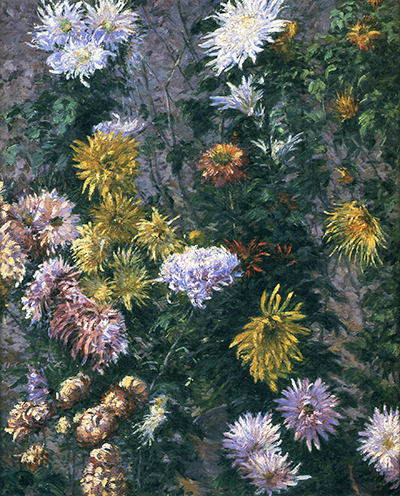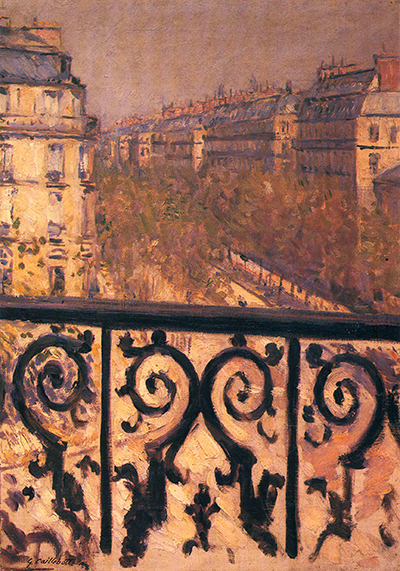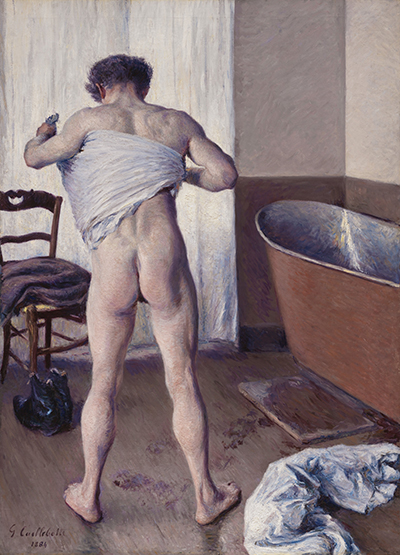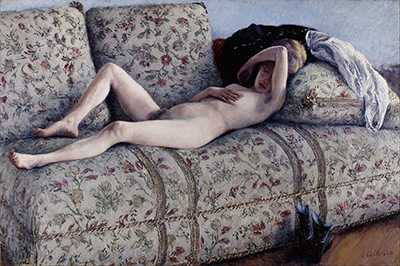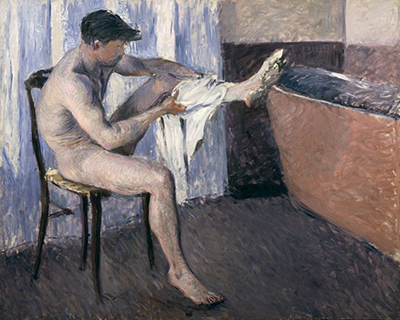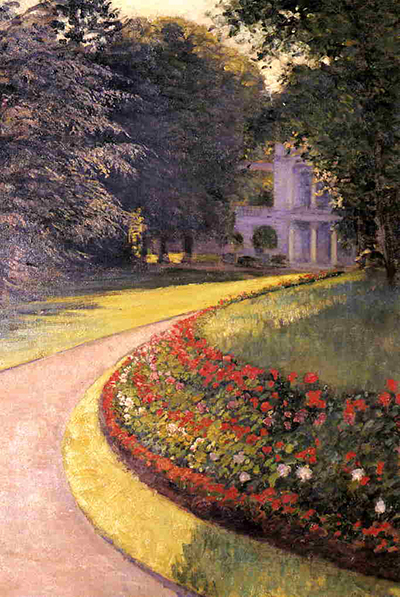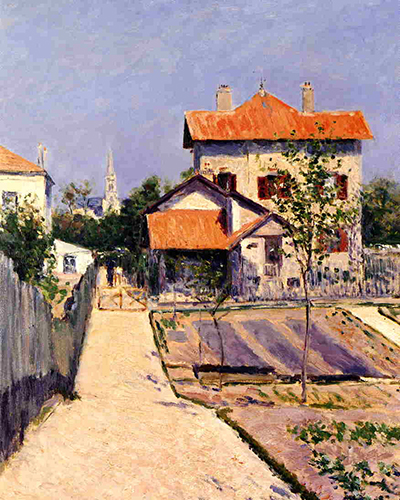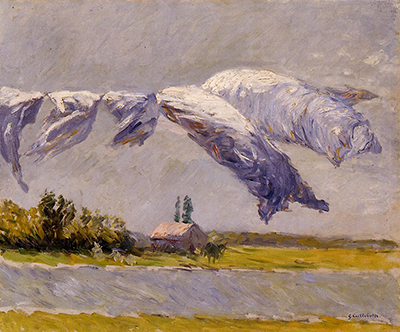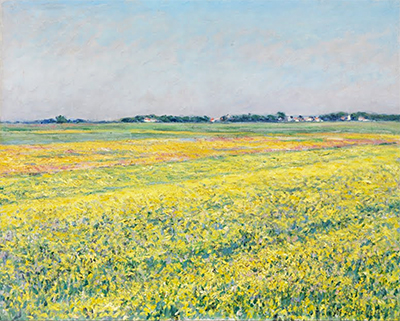Gustave Caillebotte's paintings were closely aligned with the development of French Impressionism during the 19th century but, in truth, his artistic style was actually much more inline with the Realist movement.
Caillebotte was present at the very first impressionist exhibition, but did not present any of his own work at this point. The artist was clearly intrigued by this group of artists who were stepping away, perhaps even rebelling, against the academic teachings that so many had been exposed to at an early age. Impression Sunrise would famous arrive from the hand of Claude Monet, and from that point onwards this art movement would quickly gain traction and support from art academics.
Two years later after the initial exhibition of 1874, the artist would finally contribute some of his own work to the second Impressionist exhibition. He had been on the fringes of this movement ever since its inception but this was the moment that he was formally accepted in as well as acknowledging his connection to this innovative group of artists. Caillebotte would enter eight paintings in total, including The Floor Scrapers, which remains one of his most famous paintings. This artwork had been earlier rejected by academics because they did not consider this form of depiction of the working classes to be artistically valid. In the modern era, where art enjoys much more freedom, this painting is considered a masterpiece.
The main quality of this artist's paintings was the way in which he accurately captured the lives of normal French citizens, going about a variety of activities. The French way of life has always intrigued people across the world and Caillebotte produced honest scenes of Parisien life at all levels. It would be fair to describe Caillebotte as artistically eccentric, never quite fitting in perfectly to either the impressionist or realist movements. He would receive criticism for this ambiguity but in reality he was forging his own path that we can all enjoy here. The most prolific period of his career was from 1875 to somewhere around the mid-1880s, at which point his connection to the impressionist movement was at it's strongest.
The French capital had under gone a major architectural restructing prior to Caillebotte's career and he wished to cover this within much of his work. He was drawn to the wide avenues which were intended to avoid revolting blockades. On multiple occasions he would also capture the views from individual rooms, as residents looked down upon this new and particularly grand Paris. Famous artists from the past have actually been directly involved in the redesign of urban environments but Caillebotte was merely an observer. His paintings provide an insight into the lives of ordinary French people during this period. His decision to capture their working lives was mocked by some art academics, but onwards he continued. Friedrich had famously captured figures looking down on great landscapes and this artist did the same from an urban perspective.
Perhaps one of the reasons for Caillebotte paintings flying somewhat under the radar as compared to other members of the respected impressionist movement might be in that very few of his works are available in single locations. Several are dispersed between French and American museums, but most remain in private hands. These has ensured a difficulty in promoting or exposing his work over the past century. His significance has never been denied, but perhaps overshadowed by the achievements of exceptional talents such as Renoir, Degas, Manet and Monet. No disgrace in that, you might say, but hopefully this extensive website can play a role in start to address that imbalance.
Caillebotte's life and career were sadly cut short, leaving a smaller ouevre than delivered by other members of the impressionist movement. Financially secure, he was also not under any pressure to sell to make a living and so his productivity was much lower than that of his colleagues. Recent research has uncovered other significant hobbies that were enjoyed by this artist, too, meaning he perhaps lacked the obsession to his craft as that of some others. Gardening, boating and stamp collecting all took up significant amounts of his time and passionate energies beside just his artistic career.



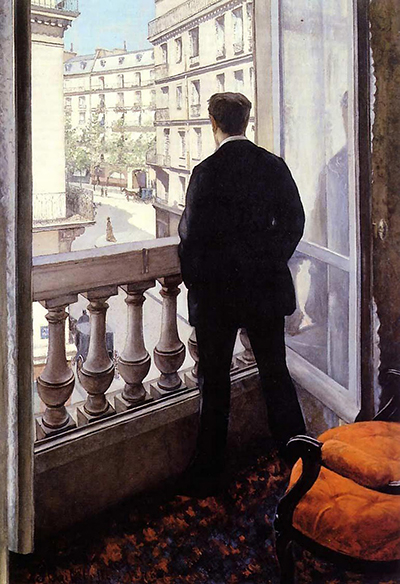
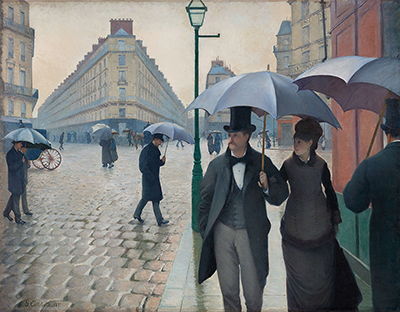
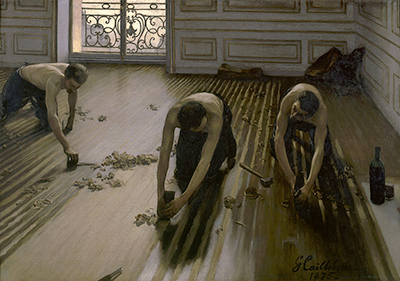
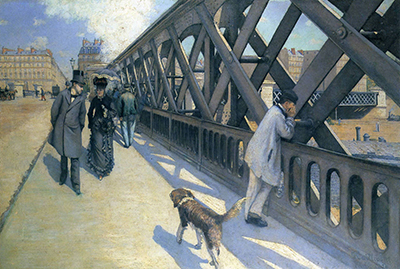
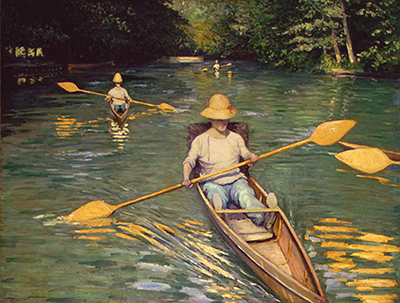
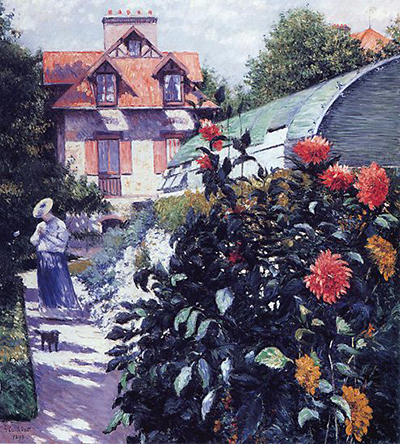
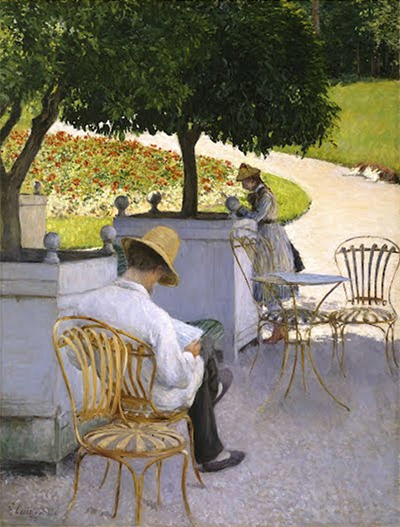
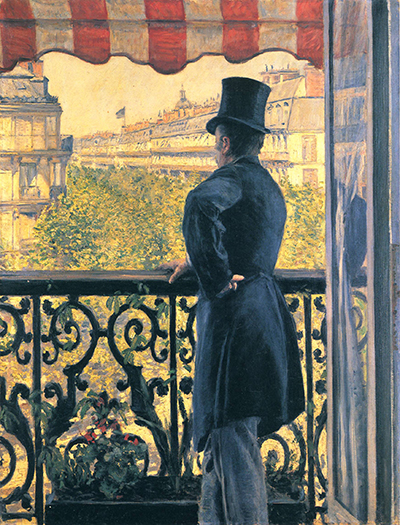
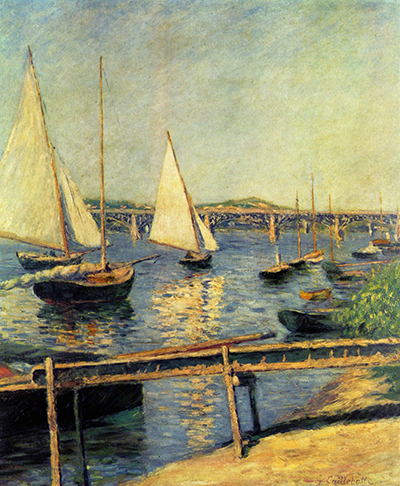
 Gustave Caillebotte.jpg)
